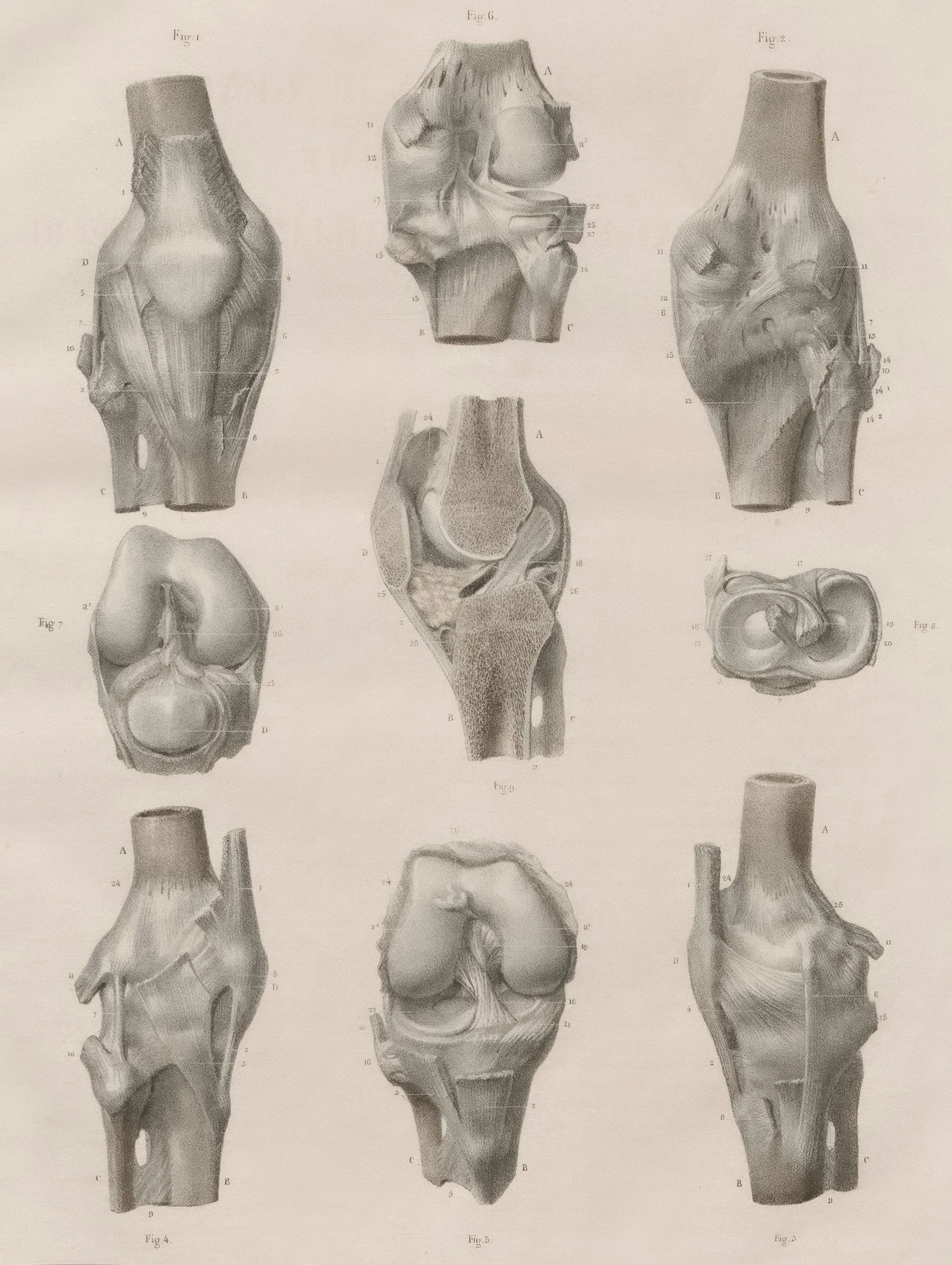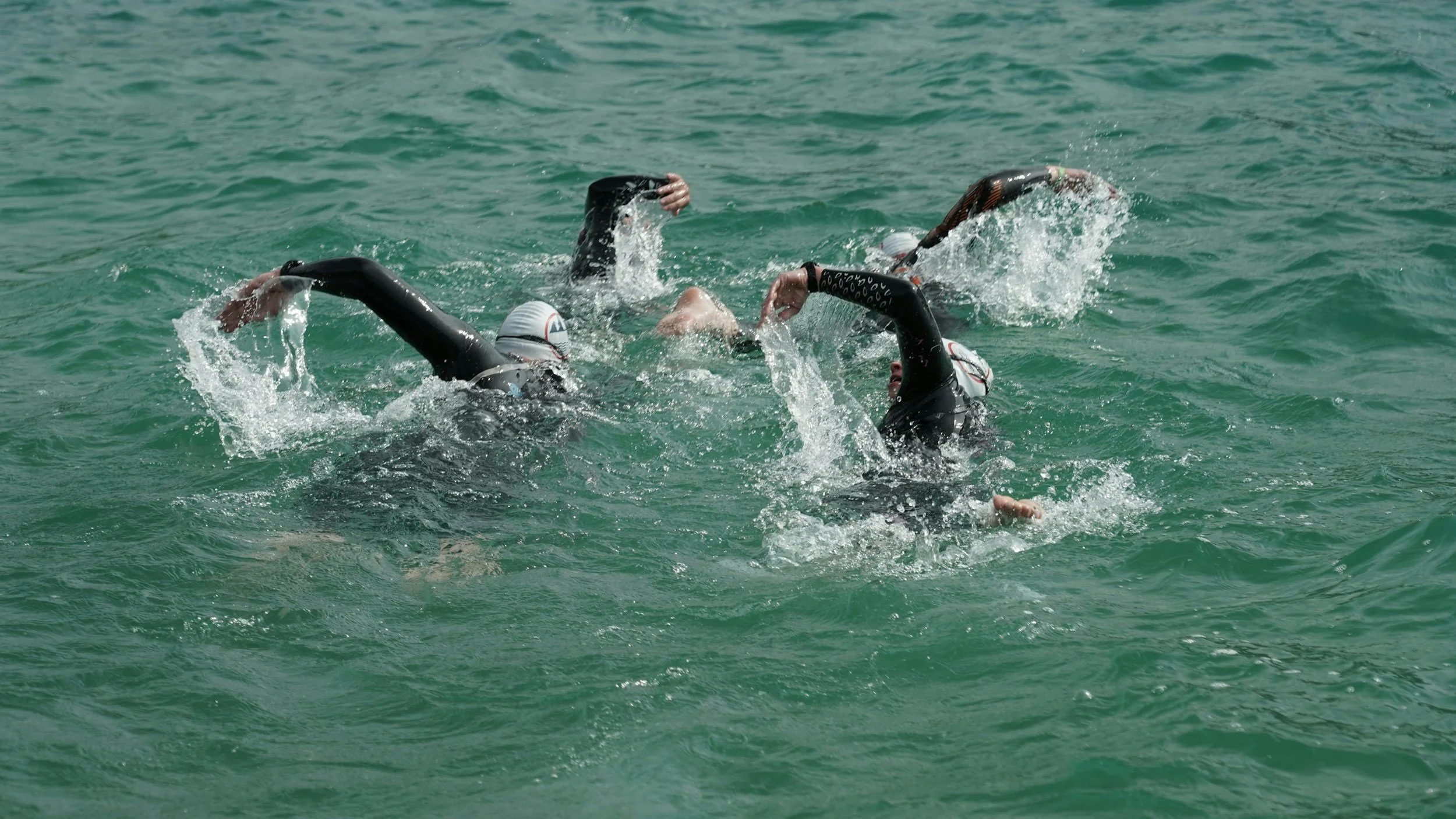
Recover. Perform. Excel.
SurfEdge Sports Physiotherapy Blog

Introducing the ONERO™ Program at SurfEdge Sports Physiotherapy
Build stronger bones with the ONERO™ Program at SurfEdge Sports Physiotherapy — a research-backed exercise program proven to improve bone density, strength, and balance for people with osteopenia or osteoporosis. Supervised by accredited physiotherapists, ONERO™ uses safe, high-intensity resistance and impact training to reduce fracture risk and restore confidence in movement. Book your initial bone health consultation today at SurfEdge Sports Physiotherapy, Sunshine Coast.

Ankle Injuries in Basketball: How Often They Occur, Why They Matter, and What Can Be Done
Ankle injuries are the most common injury in basketball, affecting players from juniors to professionals. Frequent jumping, landing and sudden direction changes put huge stress on the ankle joint, leading to sprains and chronic instability if not managed well. In this article, we break down how often ankle injuries occur, what causes them, and the latest evidence on prevention and rehab to keep players on the court longer.

Patellar Dislocation: What You Need to Know
A patellar dislocation, or kneecap dislocation, is a painful knee injury that often affects young and active people. It can happen suddenly during sport, exercise, or even everyday movement, leaving you with swelling, instability, and loss of confidence in your knee. In this article we’ll cover the common causes, treatment options, and rehabilitation strategies that help you recover properly and safely return to sport or activity.

Lisfranc Injuries: The Midfoot Sprain You Don’t Want to Miss
Lisfranc injuries are uncommon but can be career-changing if missed. At SurfEdge Sports Physiotherapy, we explain how these midfoot injuries occur, why they’re often confused with ankle sprains, and what recovery looks like for athletes and active people.

Falls Prevention: How to Stay Strong, Stable and Safe
Falls are one of the most common causes of injury, but many can be prevented with the right mix of strength, balance and mobility training. Learn practical strategies to reduce your risk, stay active and feel confident - plus when to seek personalised advice from a physiotherapist.

Injury Prevention Strategies for Open Water Swimmers: A Guide for Coaches and Physiotherapists
Open water swimmers face unique injury risks due to high stroke volumes, unpredictable environments and prolonged spinal loading. For strength and conditioning coaches and sports physiotherapists, targeted prevention strategies are critical to support athlete resilience and performance. This article explores evidence-based approaches to reduce shoulder overload, manage spinal stress, improve cervical control during sighting and optimise training load management in elite open water swimmers.
